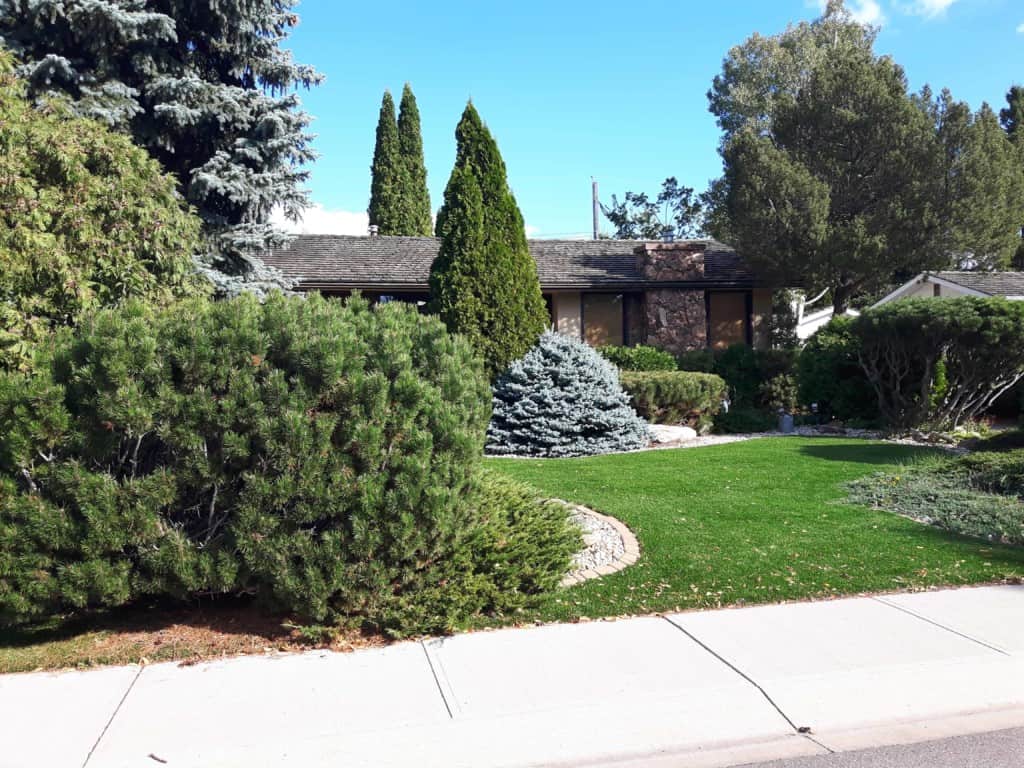Reasons why some homes burn and some don’t
In the Fort McMurray wildfires of 2016, some houses burned and others didn’t, even in the same neighbourhoods. According to fire prevention expert Alan Westhaver, this wasn’t purely due to luck. His work with the Institute for Catastrophic Loss Reduction demonstrates reasons for the phenomenon, and it holds lessons on how to keep our homes safer from fire.
Here in the Rat Creek area, the proximity of the Kinnaird Ravine is a hazard because fires travel up slopes more readily than flat surfaces. Ravines can act as conduits from forested areas into residential ones, especially in the spring when there’s a buildup of dry underbrush. Embers carried by wind can travel for blocks.
We’re vulnerable to more urban types of fire, caused by such things as electrical malfunction or cooking fires. In either case, according to Westhaver, “Fire is a surprising thing. Being prepared and thinking ahead is important to do, because little things make a big difference. You can’t do it at the last minute. Do it in advance.”
Buildings almost never ignite from radiant heat. If your neighbour’s house is on fire, the flames are unlikely to leap to your house. The real danger comes from flying embers landing on your property and igniting flammable materials.
Some homes and their immediate surroundings are more flammable than others.
“The most important thing is the type and arrangement of vegetation around the home,” said Westhaver. “Evergreens, especially ornamental junipers and cedars, are highly combustible. They burn with great intensity. Broad, leafy plants are much harder to ignite.”

Even evergreens are less dangerous if you remove the lower branches so that fire can’t spread up them from the ground.
Other combustibles close to the home can increase risk, such as wooden fences that attach to the house, old construction materials, wood piles, and piles of dry leaves or pine needles.
The combustible parts of the house’s structure factor into its vulnerability. Decks, patios, balconies, and building materials increase risk if they are dry and flammable. Cedar shingles and other wooden building materials are most vulnerable.
“There’s a misconception that metal and tile are more fire resistant than asphalt for roofing. It’s actually rated the same. Vinyl siding is more vulnerable than cement fiber board and stucco,” said Westhaver.
Older homes have more nooks and crannies for embers to fall into and ignite, such as vents and other openings. Look for those and cover them with fine metal mesh.
According to Westhaver, “Wherever snowflakes can accumulate, that’s where embers will pile up,” because they are carried on the wind.
“Think about the pathways that connect fires to your home. Break those pathways up,” he said, “Get rid of unnecessary combustibles. Don’t have anything that will burn with an open flame within 1.5 metres of your home, and store things properly.”
It isn’t necessary to maintain a completely empty space around a home. Moist plants, flowers, and watered grass are fine. But take any measure to minimize clutter and create barriers to the spread of fire.
For more information, download the free FireSmart Homeowner’s Assessment and Homeowner’s Manual.
FIRESMART CANADA HOMEOWNERS’ RESOURCE PAGE
firesmartcanada.ca/resources-library/category/manuals
Featured Image: Minimizing clutter around your home is one way to help prevent fires. | Pixabay







